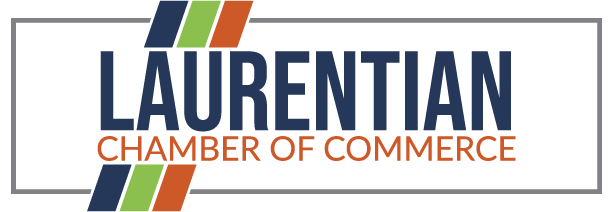Stretching the Story: Making Your Marketing Materials Work Overtime
Sometimes the best content is already sitting on the hard drive—polished, branded, and quietly underused. Teams pour hours into designing brochures, landing pages, case studies, and pitch decks, only to let them fade into obscurity once their campaign run ends. But the truth is, good marketing doesn’t always have to start from scratch. In fact, the most resourceful brands know how to squeeze every last drop of value from what’s already been made. It’s not about cutting corners—it’s about being strategic with what's already proven to resonate.
Flip the Format, Keep the Message
If a message worked once, it can work again—with a twist. Repurposing doesn’t mean reposting the same thing on another platform; it means transforming the medium while keeping the core idea intact. A long-form client success story becomes a snappy testimonial carousel on social media, or a product brochure becomes a script for a behind-the-scenes explainer video. When the format changes, so does the audience’s experience with it, making even familiar content feel fresh again.
Elevate Existing Visuals Without a Full Reset
Small businesses often think new campaigns demand new photos, but overlooked assets can still shine with the right touch. Using AI-powered upscaling tools, older low-resolution visuals—once destined for the recycle bin—can be enlarged and enhanced without sacrificing clarity or detail. This is especially useful for breathing new life into product shots from years past, event photography stuck in outdated folders, or logos that weren’t originally designed for large-format use. For teams looking to stretch their content without stretching their budget, check this out and see how far a single image can really go.
Use What People Actually Respond To
It’s easy to guess what should perform well—it’s smarter to look at what actually did. Before recycling materials, it's worth combing through past campaigns and pulling analytics. Which landing pages had unusually low bounce rates? Which blog posts drew the most time on site? Starting with what's already working gives a huge head start. From there, it’s about distilling what made those pieces hit the mark and reworking that insight into new forms.
Put Sales and Support in the Conversation
Marketing doesn’t live in a vacuum, and some of the best content gets its second life off the front lines. Sales reps and support staff are constantly talking to real customers—making them ideal test pilots for old materials made new. A polished FAQ guide may find more value as a leave-behind for sales meetings, or a branded checklist could double as a helpful customer onboarding tool. These teams know exactly what materials get ignored and which ones spark real conversations.
Pair Old with New for Better Results
Not everything needs a full refresh—sometimes it just needs a co-star. Pairing older marketing pieces with new content can breathe life into both. A decade-old industry report may still hold relevant data that, when paired with a modern infographic, gives added depth and credibility. Similarly, reposting a classic blog post with a new introduction or updated stats is often more powerful than publishing something entirely new with no track record.
Get Tactical with Distribution
Often, the problem isn’t the content—it’s how it’s delivered. Great materials can underperform simply because they’re not where the audience actually looks. That slick product video? Maybe it shouldn’t be buried in the third tab of a product page. Maybe it belongs in a cold outreach email, embedded in a LinkedIn post, or pinned to the top of a client dashboard. Every channel deserves its own content strategy, but old materials can often be reshaped to fit new distribution tactics with just minor edits.
Less Volume, More Versatility
When materials are built to last beyond their initial use, the marketing team can shift from constant production to thoughtful amplification. That doesn’t mean less work—but it does mean smarter work. Fewer campaigns, more touchpoints. Instead of creating ten separate assets, build three that can evolve into thirty pieces of content over time. The strategy becomes less about feeding the content machine and more about setting a sustainable pace that matches audience appetite.
It’s easy to fall into the trap of measuring content by its publish date. But stories don’t expire—they evolve. A successful campaign can live many lives, and the more a brand can revisit, remix, and reimagine its own narrative, the more enduring that message becomes. Good marketing doesn’t have to be disposable. When each piece is seen as a seed rather than a single-use product, mileage stops being a concern—and momentum takes its place.
Discover the vibrant business community of the Iron Range with the Laurentian Chamber of Commerce and join us in advancing regional prosperity through education, advocacy, and unparalleled networking opportunities!
This Hot Deal is promoted by Laurentian Chamber of Commerce.

